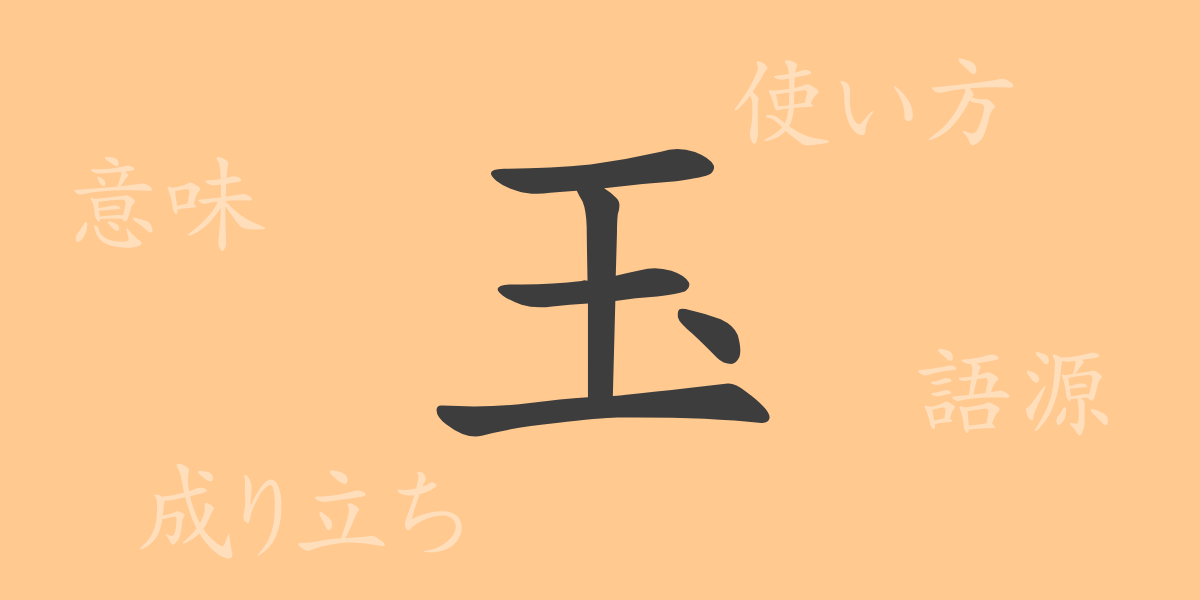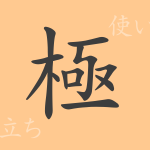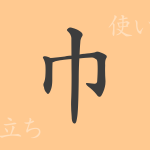The kanji “玉(たま)” has played a significant role in Japanese culture and language since ancient times. This single character embodies beauty, value, and purity. In this article, we will explore the origins, meanings, usages, readings, and stroke count of “玉(たま),” as well as delve into idioms and phrases that feature this captivating character. Let’s embark on a journey into the world of “玉(たま).”
Origins of 玉(たま)
The character “玉(たま)” originates from ancient Chinese hieroglyphs representing beautiful stones. Its form symbolizes polished jewels or precious stones, historically used as a synonym for valuable and beautiful items. In Japan, “玉(たま)” has been inherited to signify jewels and valuable objects, and its essence is embedded in various words and expressions.
Meanings and Usages of 玉(たま)
The kanji “玉(たま)” denotes gemstones or precious stones, and metaphorically signifies valuable, beautiful, or noble things. It is often used in adjectival phrases like “玉のような(たまのような)” to describe someone’s or something’s beauty. Additionally, expressions like “玉の輿(たまのこし)” refer to marrying into wealth or elevating one’s social status through marriage, demonstrating the kanji’s extensive usage in different contexts.
Readings, Stroke Count, and Radical of 玉(たま)
The kanji “玉(たま)” is a common character in Japanese, with distinct readings and characteristics.
- Readings: The on’yomi (Chinese reading) is “ギョク(ぎょく),” and the kun’yomi (Japanese reading) is “たま.”
- Stroke count: “玉(たま)” consists of 5 strokes.
- Radical: The radical is “玉部(たまへん)” or “王部(おうへん),” representing the jade or king radical.
Idioms, Expressions, and Proverbs Using 玉(たま)
Japanese language is rich with idioms, expressions, and proverbs incorporating “玉(たま).” These reflect Japanese values and aesthetics.
- 玉の輿に乗る(たまのこしにのる): To marry into a wealthy family, elevating one’s social status.
- 一攫千金(いっかくせんきん): Gaining a large fortune at once, derived from obtaining something as precious as a gem.
- 玉石混交(ぎょくせきこんこう): A state where good and bad things are intermixed.
- 玉に瑕(たまにきず): Even a beautiful gem has flaws, meaning that even the best people or things have imperfections.
Conclusion on 玉(たま)
The kanji “玉(たま)” symbolizes beauty and value, deeply rooted in Japanese language and culture. From ancient times to the present, its diverse usages have played a vital role in Japanese life and expressions. Through this article, we hope you have rediscovered the rich meanings and background of “玉(たま),” appreciating the depth of the Japanese language.

























